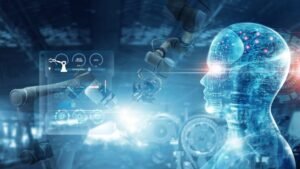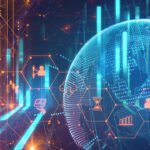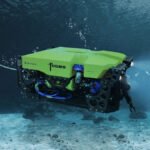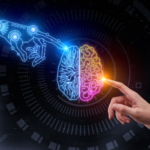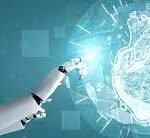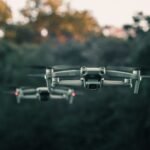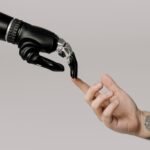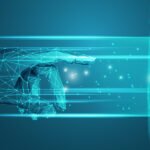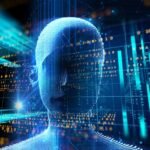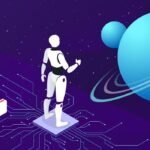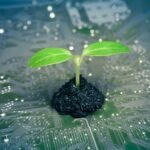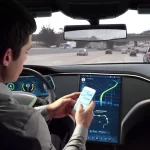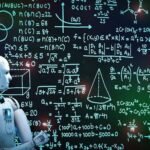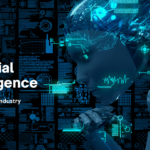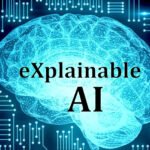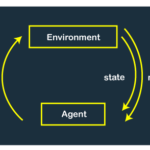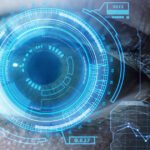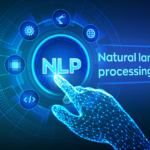AI for Wildlife Conservation Drones: AI-equipped drones for wildlife monitoring and protection.
The delicate balance of Earth’s ecosystems depends on the coexistence of diverse wildlife species. Yet, as human activities encroach upon natural habitats, wildlife faces unprecedented threats. The symbiotic relationship between technology and conservation has given rise to a powerful ally: AI-equipped drones. These aerial marvels, armed with advanced artificial intelligence, are revolutionizing wildlife monitoring and protection efforts, offering a beacon of hope for safeguarding our planet’s most precious treasures.
Unveiling the Power of AI-Equipped Drones
Imagine drones soaring above dense rainforests, tracking elusive tigers in the wilderness, or monitoring the migration patterns of endangered birds. The integration of AI into these drones elevates their capabilities from mere surveillance tools to sophisticated conservation assistants.
AI algorithms enable these drones to process vast amounts of visual and auditory data in real-time. They can identify and classify species, track animal movements, and detect signs of poaching or habitat degradation. This rapid data analysis provides conservationists with invaluable insights, helping them make informed decisions for wildlife protection.
Precision Conservation through Data Analysis
Wildlife conservation efforts benefit immensely from the detailed data that AI-equipped drones provide. By analyzing aerial imagery, scientists can estimate population sizes, assess habitat health, and track changes over time. Such data empowers conservationists to tailor interventions and allocate resources where they are most needed.
In regions where human access is limited or dangerous, drones become invaluable allies. They can venture into remote areas, offering eyes in the sky that aid researchers in understanding wildlife behaviors and ecological dynamics.
Anti-Poaching Crusaders
One of the most compelling applications of AI-equipped drones is in the battle against poaching. AI algorithms can identify and differentiate between humans and animals, flagging any suspicious activity for immediate action. Equipped with thermal imaging cameras, drones can detect poachers operating under the cover of darkness, giving law enforcement agencies an upper hand in apprehending them.
These drones also serve as a deterrent, as their presence in protected areas acts as a warning to potential poachers. This proactive approach has the potential to save countless lives and preserve species on the brink of extinction.
Challenges and Ethical Considerations
While AI-equipped drones offer a promising solution, challenges persist. Balancing the benefits of surveillance with individual privacy and the potential disturbance of wildlife is a delicate task. Striking a balance between effective conservation and respectful coexistence requires careful consideration and engagement with local communities.
Moreover, ensuring that the technology is accessible and affordable for conservationists worldwide is essential. Collaborative efforts between technology developers, researchers, and NGOs are crucial in democratizing the benefits of AI-equipped drones.
The Path Forward
The synergy between AI and drones is ushering in a new era of wildlife conservation. As technology continues to evolve, these tools will become even more precise, efficient, and user-friendly. By harnessing AI’s capabilities to process complex data and make informed decisions, conservationists are becoming better equipped to protect Earth’s biodiversity.
Through innovative partnerships, responsible deployment, and a commitment to ethical conservation practices, we can harness the potential of AI-equipped drones to ensure that future generations inherit a world where majestic creatures roam freely and ecosystems flourish. In these silent sentinels of the skies, we find a powerful testament to the harmonious coexistence of technology and nature.



